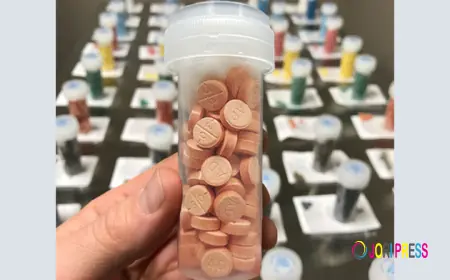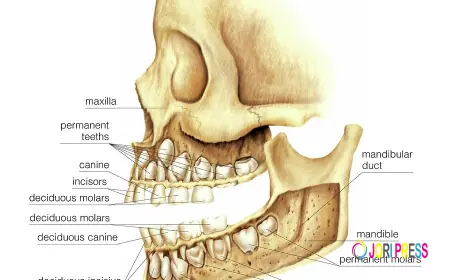Can I Get Keloid Treatment After Surgery?
Keloid Treatment in Dubai is Best after Skin injury is the major cause of this problem so it is your responsibility to take good care of the wound after having any injury.
Scars are a natural part of the body’s healing process after surgery, but for some people, that process becomes excessive—resulting in the formation of keloids. These raised, firm, and often uncomfortable scars can develop weeks or even months after surgical wounds heal. For individuals who have undergone surgery and are concerned about abnormal scarring, the good news is that there are multiple options available. Many patients now turn to Keloid Treatment in Dubai, which offers advanced and tailored post-surgical solutions designed to treat or even prevent keloid formation.
Why Do Keloids Form After Surgery?
Keloids form when the body produces too much collagen during wound healing. Instead of fading over time like normal scars, keloids continue to grow and can become larger than the original incision. This often occurs in people who are genetically predisposed or have had keloids before. Surgeries involving the chest, back, shoulders, ears, or jawline areas tend to be more prone to keloid development due to increased skin tension and frequent movement. Even minor surgical procedures, like mole removals or piercings, can lead to keloid formation in susceptible individuals.

When Can You Start Keloid Treatment After Surgery?
Timing is crucial. While you can get keloid treatment after surgery, it’s important to allow the surgical site to heal before starting any intervention. Most post-surgical keloid treatments begin once the wound has fully closed and any inflammation or infection is resolved. However, if you have a history of developing keloids, preventive measures may begin earlier. In many cases, early intervention—before the keloid matures—offers better results. Once the scar starts to thicken, early treatment can limit its growth and reduce the risk of discomfort and disfigurement.
Best Treatment Options for Post-Surgical Keloids
Corticosteroid Injections
One of the most effective ways to treat keloids after surgery is with corticosteroid injections. These are injected directly into the scar tissue and help flatten the keloid by reducing inflammation and blocking collagen overproduction. Several sessions spaced weeks apart may be necessary for optimal results.
Pressure Dressings
After surgeries like ear piercings or cosmetic procedures, pressure dressings or earrings are often used to compress the skin and reduce blood flow, which can limit keloid growth. This technique is preventive and works best when used early and consistently.
Laser Therapy
Laser treatments are used to improve skin texture, reduce pigmentation, and flatten the scar. They are especially beneficial when the keloid is pigmented or raised. Lasers are often used in combination with corticosteroids to prevent regrowth and enhance cosmetic outcomes.
Surgical Revision (Only When Necessary)
If a keloid has formed and become problematic, surgical removal may be considered. However, this method must be followed by additional therapies, such as corticosteroids, silicone sheets, or radiation, to prevent recurrence. Surgery alone is not recommended due to the high likelihood of the keloid returning—often larger than before.
Preventive Measures After Surgery
If you know you’re prone to keloids, taking preventive action after surgery is key. Some helpful steps include:
-
Using silicone sheets or gels once the wound closes
-
Applying prescribed ointments that reduce collagen buildup
-
Avoiding unnecessary pressure or stretching on the wound site
-
Protecting the scar from sun exposure to prevent pigmentation
-
Attending follow-up visits for early detection and intervention
Personalized Treatment
Because keloid development varies based on individual factors like skin type, location of the surgery, and genetics, treatment must be customized. In a city with access to cutting-edge aesthetic medicine, those seeking Keloid Treatment can benefit from personalized care plans that combine different therapies for better long-term results.
Final Thoughts
You don’t have to wait until a keloid becomes large or painful to take action. In fact, early intervention is often the most effective way to manage or even prevent them. With the right combination of treatments and a strategic approach, it’s entirely possible to reduce the appearance of post-surgical keloids and protect your skin’s natural texture and tone.
What's Your Reaction?
 Like
0
Like
0
 Dislike
0
Dislike
0
 Love
0
Love
0
 Funny
0
Funny
0
 Angry
0
Angry
0
 Sad
0
Sad
0
 Wow
0
Wow
0

















































